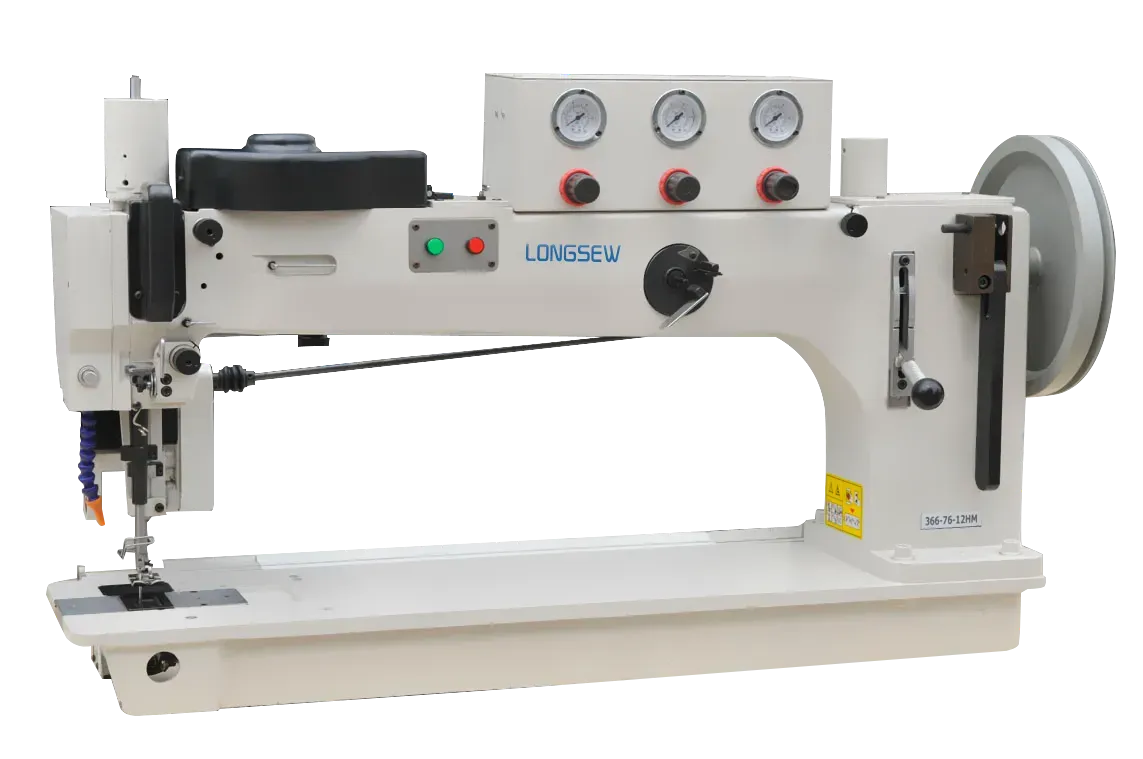how to use a twin stretch needle
How to Use a Twin Stretch Needle
A twin stretch needle is a specialized sewing tool designed for working with stretch fabrics, such as knits and jersey. It allows you to create two parallel rows of stitches, which not only enhances the visual appeal of your projects but also offers the necessary flexibility for stretchable materials. Here’s a guide on how to effectively use a twin stretch needle in your sewing endeavors.
1. Choosing the Right Needle
Before you start, it’s essential to select the correct twin stretch needle. These needles come in various sizes, typically ranging from 2.0/80 to 4.0/90, indicating the distance between the two needles and their thickness. For lighter fabrics, opt for a smaller size, while heavier knits may require a larger needle. Ensure you choose a needle that is specifically labeled as a stretch needle, which has a rounded tip designed to penetrate elastic fibers without causing damage.
2. Preparing Your Sewing Machine
After selecting your needle, it’s time to prepare your sewing machine. Install the twin stretch needle by turning your machine off, removing the single needle, and inserting the twin needle into the needle holder. Make sure the needles are securely placed with the flat sides facing the back of the machine. Next, adjust your machine settings to use a zigzag stitch, which is ideal for stretchy fabrics.
how to use a twin stretch needle

Threading a twin needle requires a few extra steps compared to a single needle. Use two spools of thread one for each needle. Place the spools on the machine and guide each thread through the tension discs. When threading the needle, ensure that both threads go through their respective needle eyes. It’s crucial to maintain even tension on both threads for consistent stitching.
4. Sewing with a Twin Stretch Needle
Now that everything is set up, it’s time to sew. Test your stitch on a scrap piece of fabric to ensure that the tension and stitch length are correct. As you sew, move the fabric gently and evenly, allowing the machine to feed the material without pulling. This will help prevent puckering.
5. Finishing Touches
Once you’ve completed your project, check the stitches for uniformity. The twin stretch needle creates two parallel rows of stitching on the top side, while the underside typically shows a zigzag stitch. This method offers both aesthetic value and functional stretch, making it suitable for hems and seams on stretch fabrics.
Using a twin stretch needle can elevate your sewing projects, providing both durability and a clean finish on stretchy materials. With a little practice and patience, you’ll master this technique and enjoy creating a variety of garments with ease.
-
Heavy Duty Leather Sewing Machine: A Must-Have for Professional LeatherworkNewsMay.28,2025
-
Leather Sewing Machine: Essential for High-Quality LeathercraftNewsMay.28,2025
-
Extra Heavy Duty Sewing Machine for Premium Leather ApplicationsNewsMay.28,2025
-
Walking Foot Cylinder Arm Sewing Machine: Precision and Power CombinedNewsMay.28,2025
-
Industrial Cylinder Arm Sewing Machine: Engineered for High-Performance StitchingNewsMay.28,2025
-
Cylinder Bed Sewing Machine: A Powerful Solution for Precision StitchingNewsMay.28,2025
-
Zigzag Sewing MachineNewsMay.12,2025





























